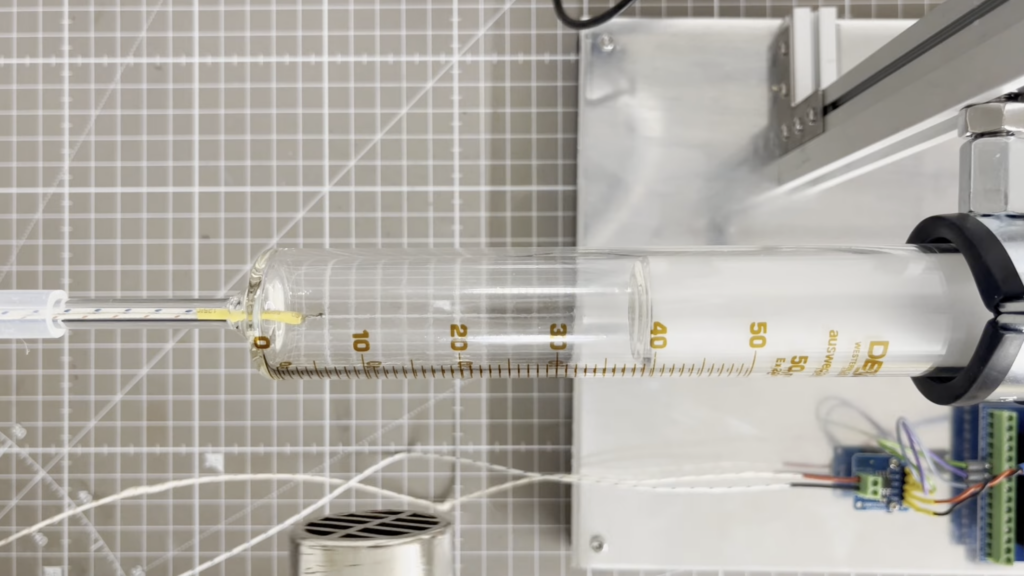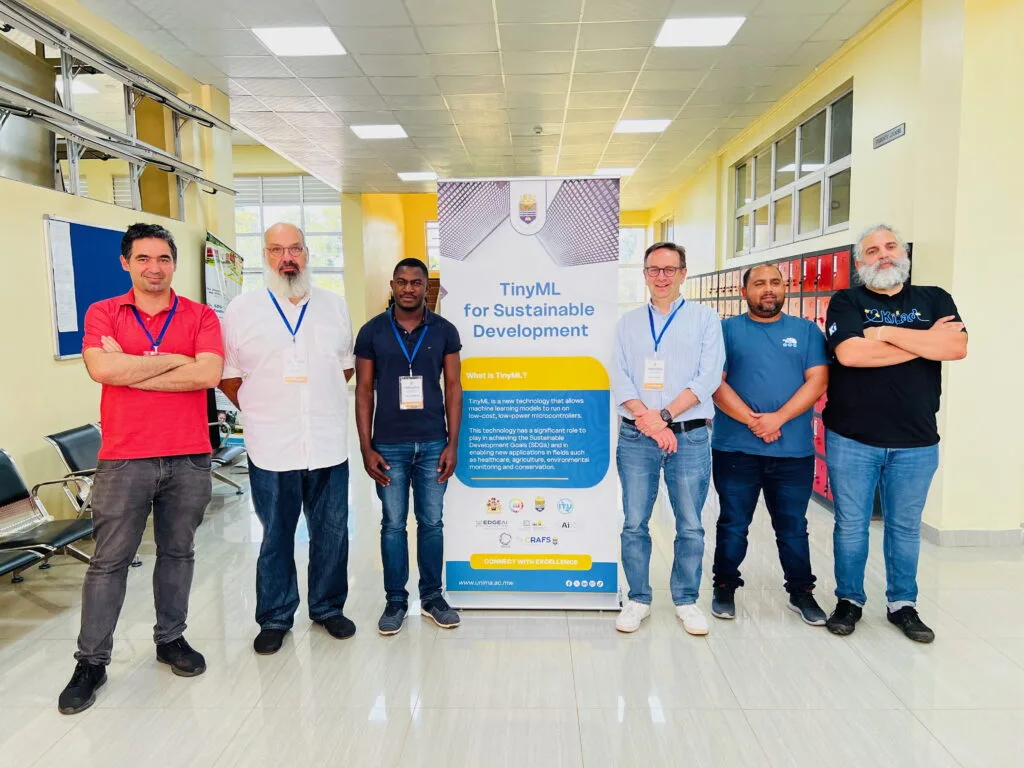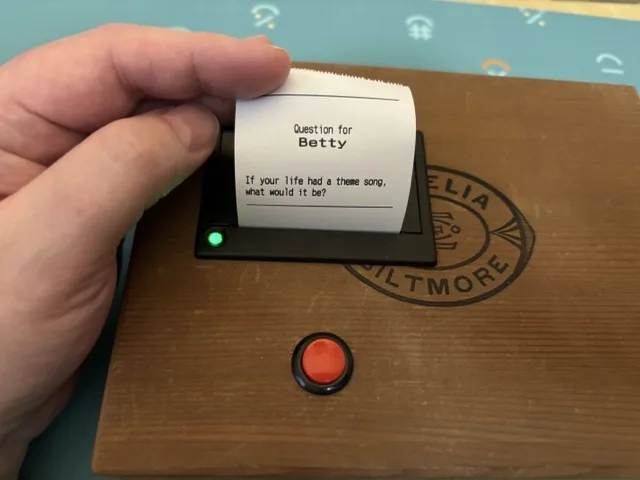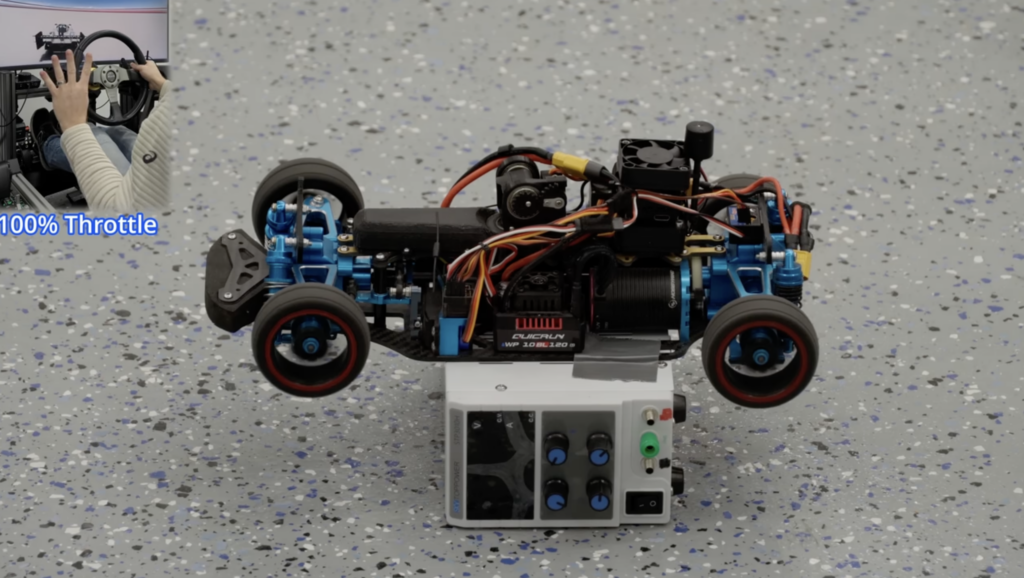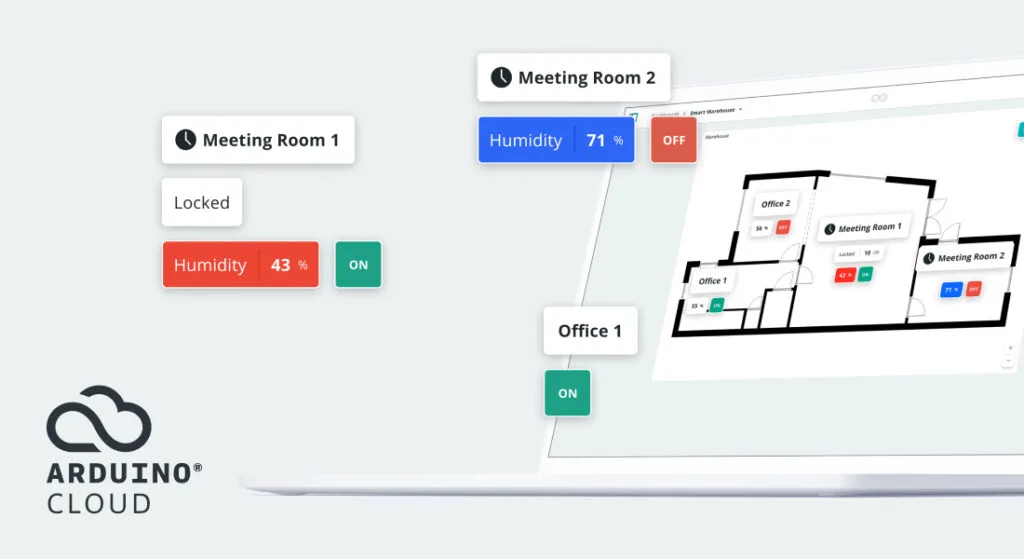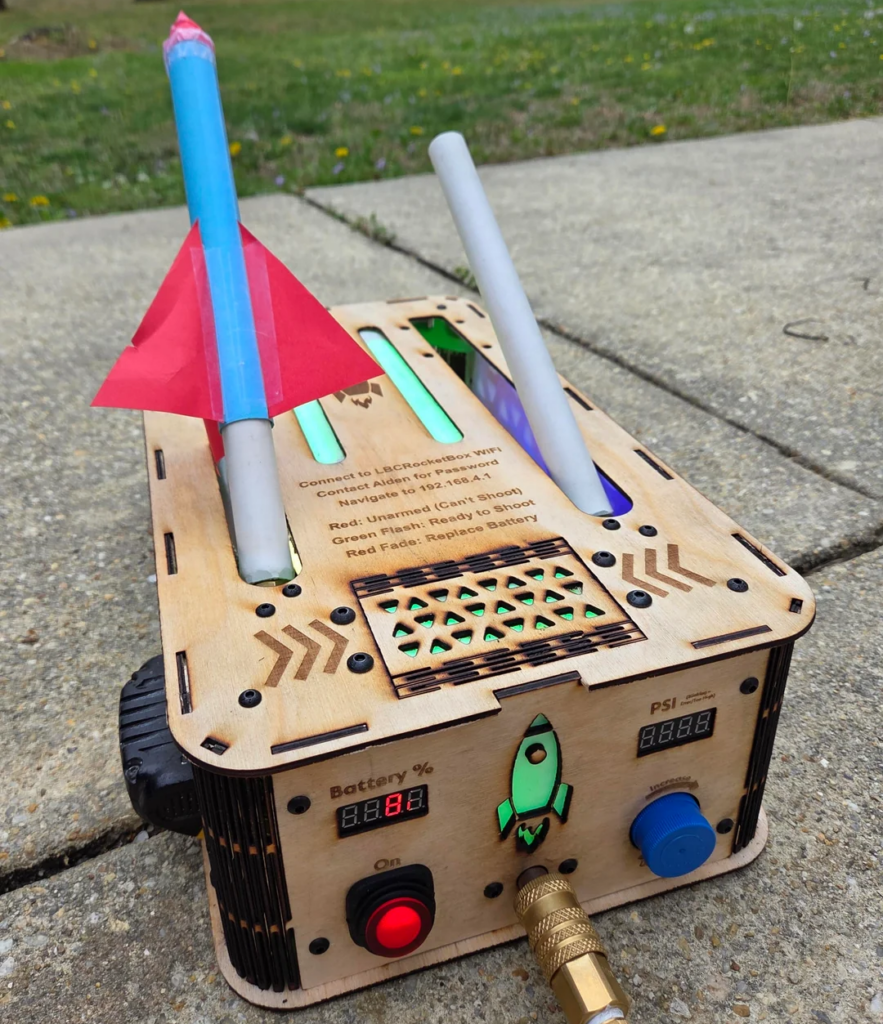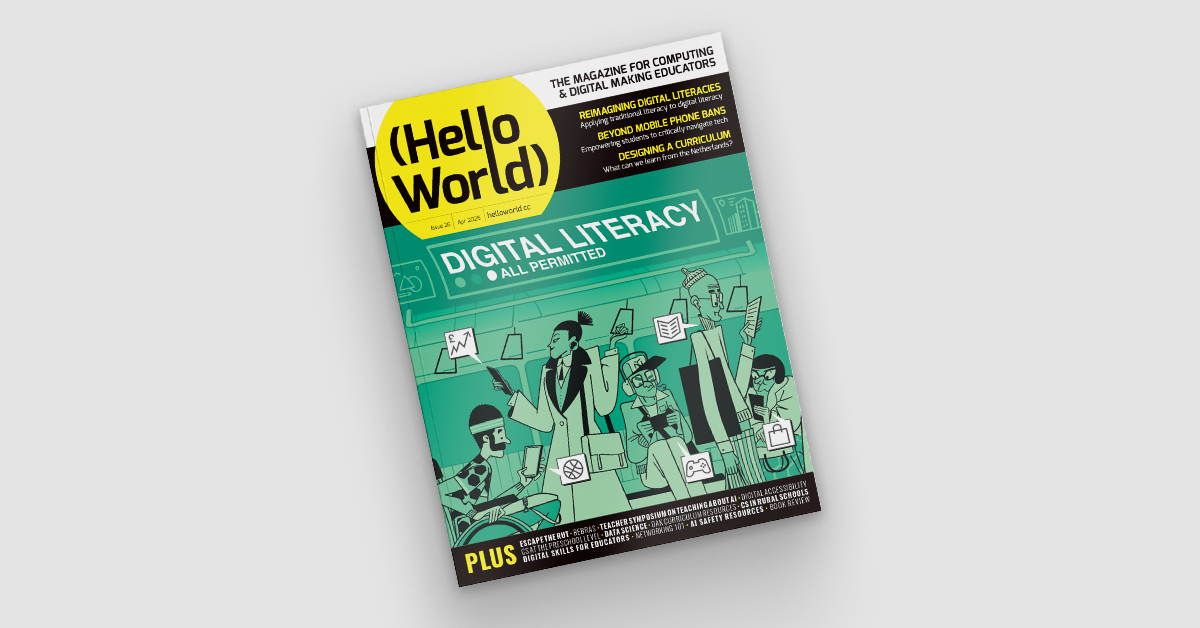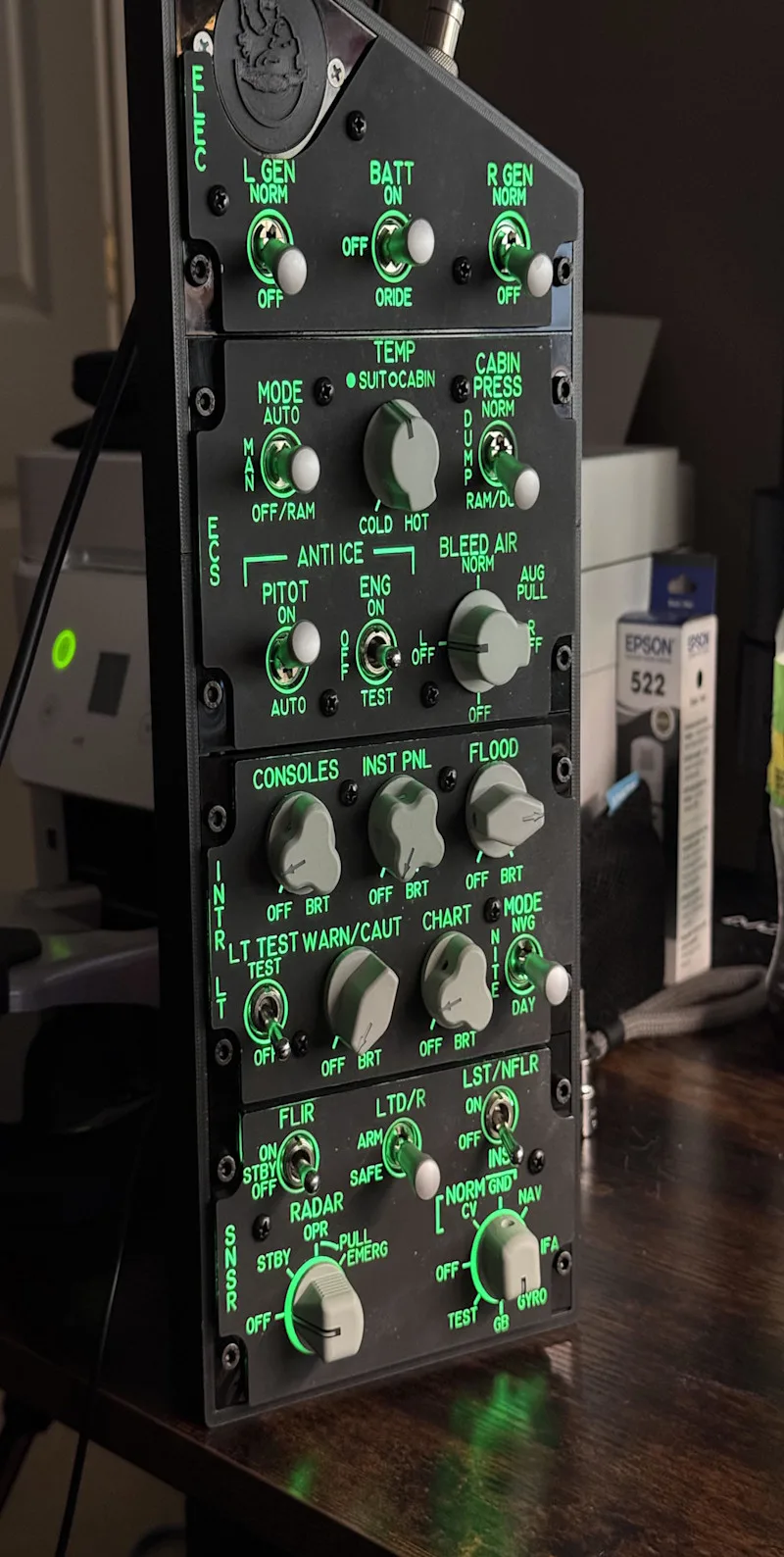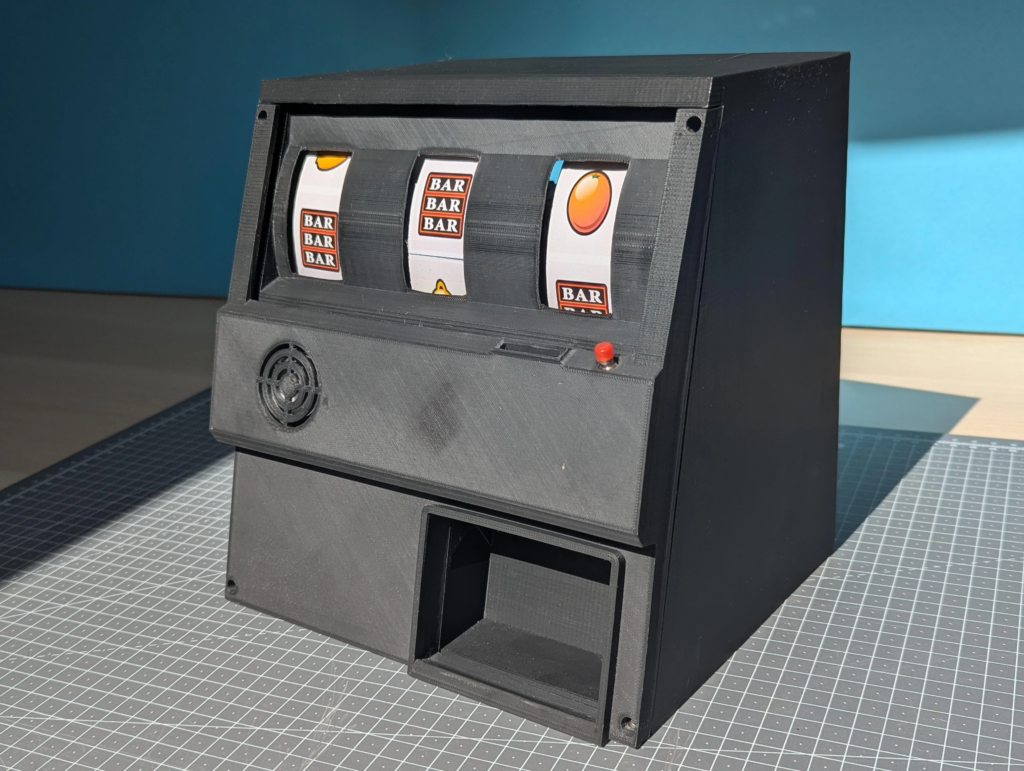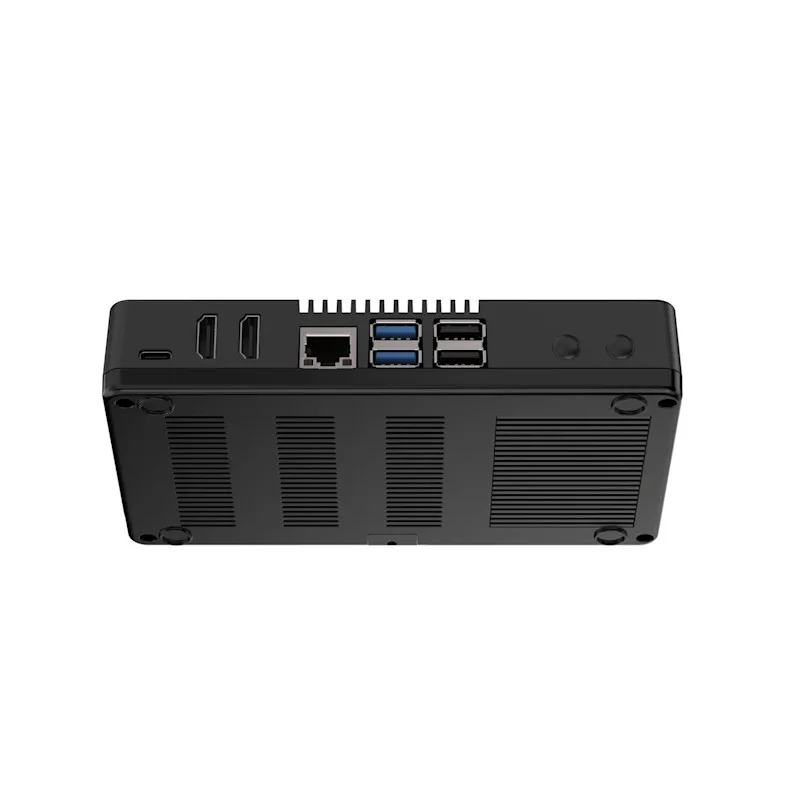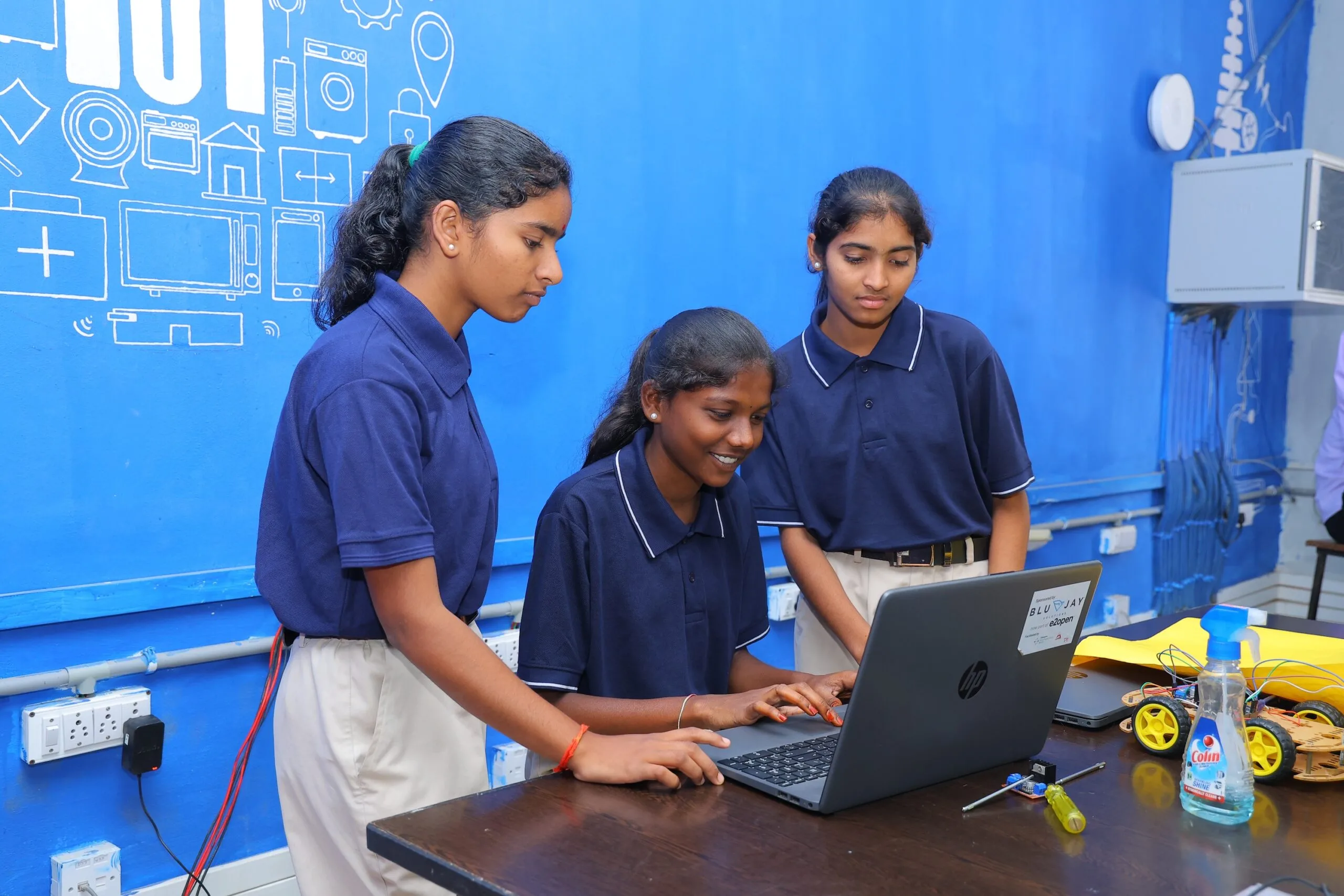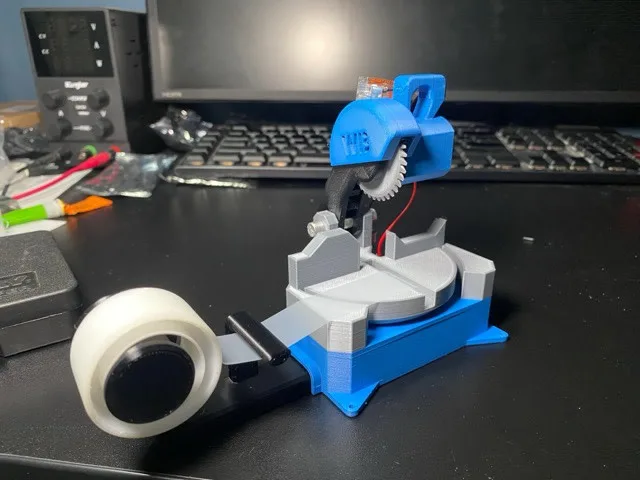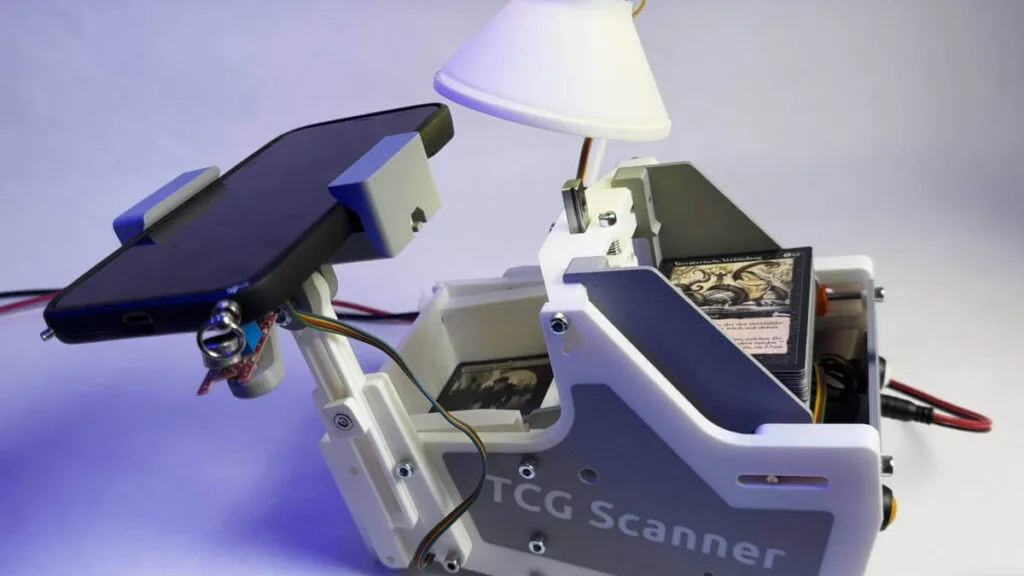Kategorie: Linux
-

This custom flight joystick provides force feedback with stepper motors
Reading Time: 2 minutesThe joysticks found on ordinary controllers are quite simple, and as a result, they fail to provide much in the way of haptic feedback for the user. This is especially tough in racing or flight simulator games where making sharp turns should require a greater amount of force. YouTuber zeroshot’s project aimed…
-

This machine helps to experimentally find an estimation of absolute zero
Reading Time: 2 minutesHow can we ever really know anything? If you listen to the anti-science types, you might believe that we can’t. But if you get past Plato’s Allegory of the Cave, you can start identifying basic truths, through logic and experiments, on which to build upon. One important foundational building block is absolute…
-

Research insights to help learners develop data awareness
Reading Time: 7 minutesAn increasing number of frameworks describe the possible contents of a K–12 artificial intelligence (AI) curriculum and suggest possible learning activities (for example, see the UNESCO competency framework for students, 2024). In our March seminar, Lukas Höper and Carsten Schulte from the Department of Computing Education at Paderborn University in Germany shared…
-

Code faster with the new Arduino AI Assistant
Reading Time: 4 minutesWe’re very excited to share that the Arduino AI Assistant is now available in the Arduino Cloud Editor! This expert coding companion truly understands your project and board, and can generate and fix your code in seconds. We know that many of you already use other AI tools to assist with coding,…
-

tinyML in Malawi: Empowering local communities through technology
Reading Time: 3 minutesDr. David Cuartielles, co-founder of Arduino, recently participated in a workshop titled “TinyML for Sustainable Development” in Zomba, organized by the International Centre for Theoretical Physics (ICTP), a category 1 UNESCO institute, and the University of Malawi. Bringing together students, educators, and professionals from Malawi and neighboring countries, as well as international…
-

How to bring digital literacy into your classroom: practical tips from the Hello World podcast
Reading Time: 4 minutesAre you looking to strengthen digital literacy in your classroom? In the latest episode of the Hello World podcast, three experienced teachers from the USA and the UK share practical tips they’ve used in their classrooms to help their students build digital literacy. Whether you’re just getting started with digital literacy or…
-

Find the right Arduino Cloud plan for you
Reading Time: 3 minutesArduino Cloud has grown tremendously over the past year, adding powerful features to make development smoother and IoT deployments more scalable. From real-time collaboration to interactive digital twins on a dashboard and AI-powered coding assistance, our platform has evolved to support everyone. Now, if you tuned in to Arduino Days 2025 (watch…
-

Raspberry Pi Pico Ticket Game
Reading Time: < 1 minuteChris emailed us a little while ago (sorry, Chris!) about his fun little Raspberry Pi Pico project which he describes as “a simple stand-alone Q&A game or ice-breaker for a party, using a Pico, a thermal printer, and a big red button” – although we’d say the button is medium-size compared…
-

Solar upgrades the Nebulophone synthesizer to enhance playability
Reading Time: 2 minutesWoodwinds and brass are so 19th century. We’re living in the future and now it is synthesizers all the way down. There are many to choose from and the Bleep Labs Nebulophone is a neat example that was sold from 2012 to 2016, with the design files now available on GitHub for…
-

Raspberry Pi Foundation joins UNESCO’s Global Education Coalition
Reading Time: 3 minutesIntroduction We are thrilled to announce that the Raspberry Pi Foundation (RPF) has been accepted as a member of UNESCO’s Global Education Coalition (GEC). Initiated during the COVID-19 pandemic, when 1.6 billion learners were shut out of the classroom, the GEC aimed to provide continuity of education in times of crisis. Since…
-

Using a racing sim rig with a real RC car
Reading Time: 2 minutesMost of us will never get a chance to drive a Ferrari F50 around the Nürburgring in real life, but we can all do so in a racing sim. To get the most out of that experience, many people build serious and elaborate racing sim rigs. What if one could use their…
-

A homemade launchpad for compressed air-powered rockets
Reading Time: 2 minutesA conventional model rocket engine is simple combustible solid fuel (black powder or more advanced composites) molded into a cylinder that uses expanding gas to produce thrust. Though it is minimal, there is some danger there. An alternative is compressed gas, which will also expand to produce thrust — just without the…
-

Hello World #26 out now: Digital Literacy
Reading Time: 4 minutesWe often believe we understand the meaning of ‘digital literacy’, but it can be a misleading term. Do we mean digital skills? Online safety? Where does AI fit in? As computer science education evolves to meet the needs of our increasingly digital world, we believe that true digital literacy empowers young people…
-

F/A-18C Right Console
Reading Time: < 1 minuteTo many readers, ‘F/A-18C Right Console’ will look like a bunch of letters and numbers thrown together. To aviation enthusiasts, though, those letters and numbers clearly refer to the McDonnell Douglas F/A-18 Hornet, a fighter plane developed in the 1970s for the US Marines and US Navy. This replica control console…
-

Supporting teachers to integrate AI in K–12 CS education
Reading Time: 5 minutesTeaching about artificial intelligence (AI) is a growing challenge for educators around the world. In our current seminar series, we are gaining insights from international computing education researchers on how to teach about AI and data science in the classroom. In our second seminar, Franz Jetzinger from the Technical University of Munich,…
-

This student made his own odds with a DIY slot machine
Reading Time: 2 minutesToday’s digital slot machines are anything but “fair,” in the way that most of us understand that word. There is tight regulation in most places, but the machines can still adjust their odds of payout in order to maintain a specific profit margin. If the machine thinks it has paid out too…
-

Argon ONE V5 case review
Reading Time: 3 minutesThe first thing that strikes you is the sheer size. This is not a small case, and that’s because it has a few tricks under its tough exterior. Argon is clearly intending this case to be your powerhouse server. Removing the solid aluminium lid, we find space for your Raspberry Pi 5…
-

Empowering India’s digital future: Our computing curriculum’s impact
Reading Time: 3 minutesThe Raspberry Pi Foundation has been working in India since 2018 to enable young people to realise their potential through the power of computing and digital technologies. We’ve supported Code Clubs, partnered with government organisations, and designed and delivered a complete computing curriculum for students in grades 6 to 12 and at…
-

Forgot your safe combination? This Arduino-controlled autodialer can crack it for you
Reading Time: 2 minutesSafes are designed specifically to be impenetrable — that’s kind of the whole point. That’s great when you need to protect something, but it is a real problem when you forget the combination to your safe or when a safe’s combination becomes lost to history. In such situations, Charles McNall’s safe-cracking autodialer…
-

Chop saw tape dispenser
Reading Time: < 1 minuteIt’s in this spirit that Bunchowills has made the world’s smallest chop saw that is also a tape dispenser. Yes, the spinny 3D-printed blade won’t give you the same clean edge as a pair of scissors, but it looks considerably more awesome, and that’s the whole point. This mostly 3D-printed build…
-

Quickly digitize your Magic deck with this 3D-printable scanning rig
Reading Time: 2 minutesWe call them “deck builders” for a reason: because players end up with huge piles of trading cards. They can get difficult to manage, which is why the ManaBox app exists for Magic: The Gathering. It lets collectors scan and log their decks, which is handy for everything from finding market values to…

